Get PeakVisor App
Sign In
Search by GPS coordinates
- Latitude
- ° ' ''
- Longitude
- ° ' ''
- Units of Length

Yes
Cancel
Share ×

Scan the QR code and open PeakVisor on your phone
❤ Wishlist ×
Choose
Delete
Addo Elephant National Park is a renowned wildlife conservation area located in the Eastern Cape province of South Africa. It is one of the country's largest and most biodiverse national parks, known primarily for its thriving population of African elephants. There are 3 named mountains in Addo Elephant National Park (Zuurberg Section). Hamelberg is the highest point at 693 meters (2,274 ft). The most prominent mountain is Brandrug.
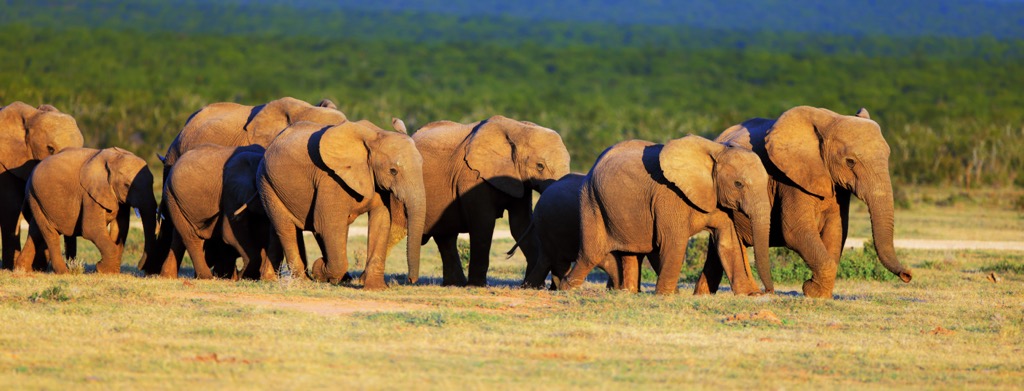
Addo Elephant National Park is situated in the southeastern region of South Africa, approximately 72 km (45 miles) north of the coastal city of Port Elizabeth. It covers a vast area, extending from the semi-arid Karoo region to the rugged Zuurberg (also known as Suurberg) Mountains and down to the Indian Ocean coastline.
The park covers an expansive area of 164,000 hectares (405,252 ac) and is divided into two distinctive sections, each with unique geographical features.
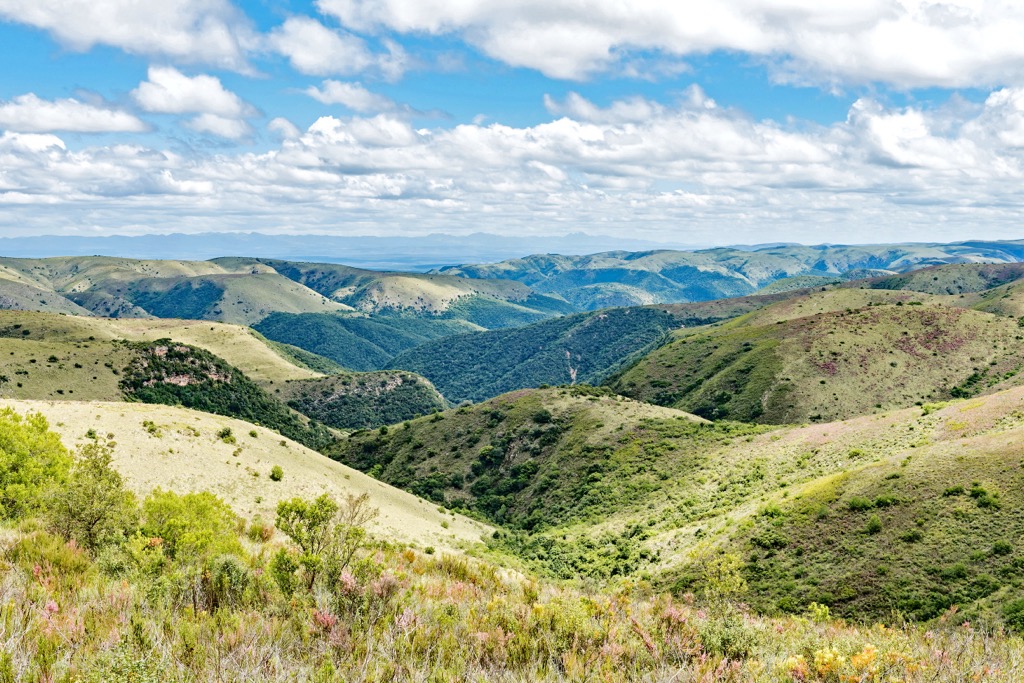
The southern Woody Cape Section of Addo Elephant National Park lies within the Sundays River valley, south of the imposing Zuurberg Range and north of the coastal city of Port Elizabeth. This region is dominated by dense, evergreen scrub vegetation, commonly known as spekboom or elephant's food. Amidst the spekboom, the landscape also hosts grasslands, woodlands, and thicket vegetation.
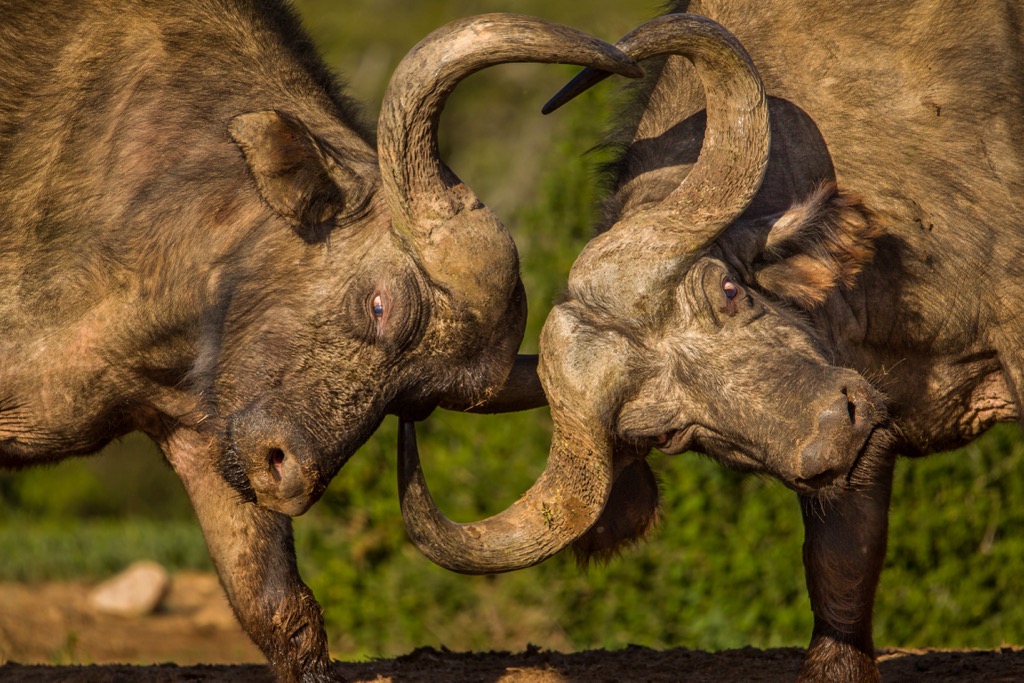
In contrast, the northern Zuurberg Section of Addo Elephant National Park showcases more rugged and mountainous terrain with elevations ranging between 250 to 693 meters (820 to 2,274 ft). Here, deep ravines and rounded hills dominate the landscape, starkly contrasting the southern section. The northern region features a blend of fynbos, forested areas, and savannas, creating a haven for a wide array of plant and animal species.
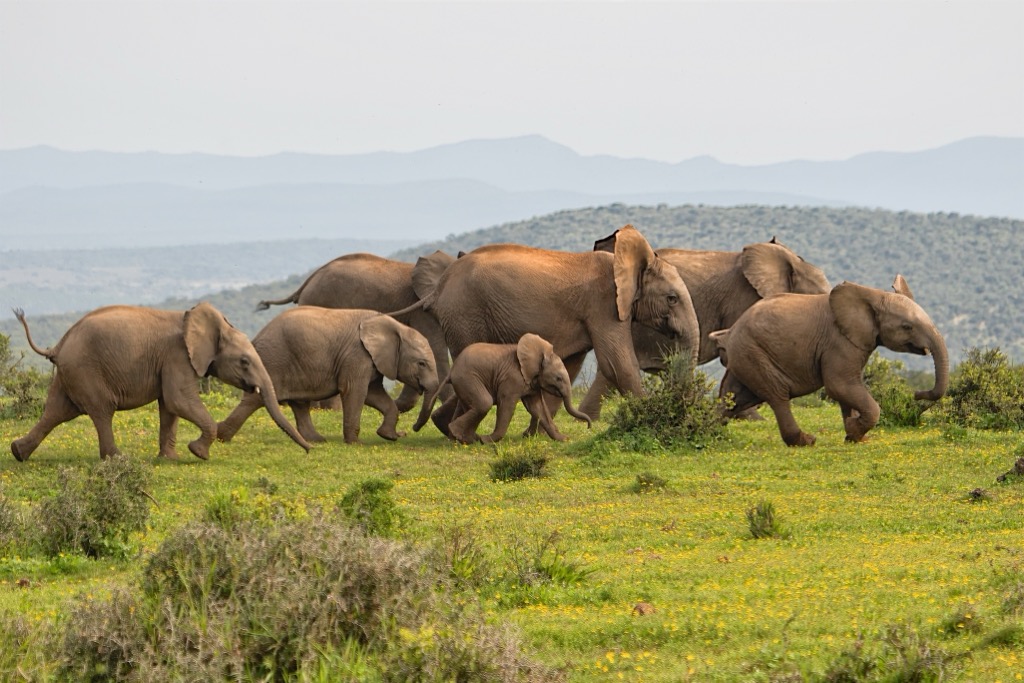
Addo Elephant National Park experiences a mild coastal climate with warm summers and cool winters. Summers are characterized by higher temperatures of around 32°C (90°F) and occasional rainfall, while winters are cooler and drier, with winter highs of 18°C (64°F). The Zuurberg Section receives a significantly higher average annual rainfall of 722 mm (28 in) than the southern Woody Cape Section, which receives 372 mm (15 in).
The park is best known for its African elephant population, which has made a remarkable recovery from near extinction. Besides elephants, the park is home to a wide variety of other wildlife, including buffalo, lions, leopards, rhinoceroses, zebras, various antelope species, and a rich diversity of birdlife.

Addo Elephant National Park was initially established in 1931 to protect a small population of elephants. Since then, it has expanded significantly and has become a vital conservation area for various species. Conservation efforts focus on preserving both the natural environment and the park's diverse wildlife.
The hills of Addo Elephant National Park (Zuurberg Section) belong to the Witteberg Group, part of the Cape Supergroup. Approximately 400 million years old, these rocks consist of quartzitic sandstone, sandstone, and shale. They are responsible for shaping the rugged and scenic Zuurberg Mountains situated to the north of the park, adding a dramatic element to the landscape.
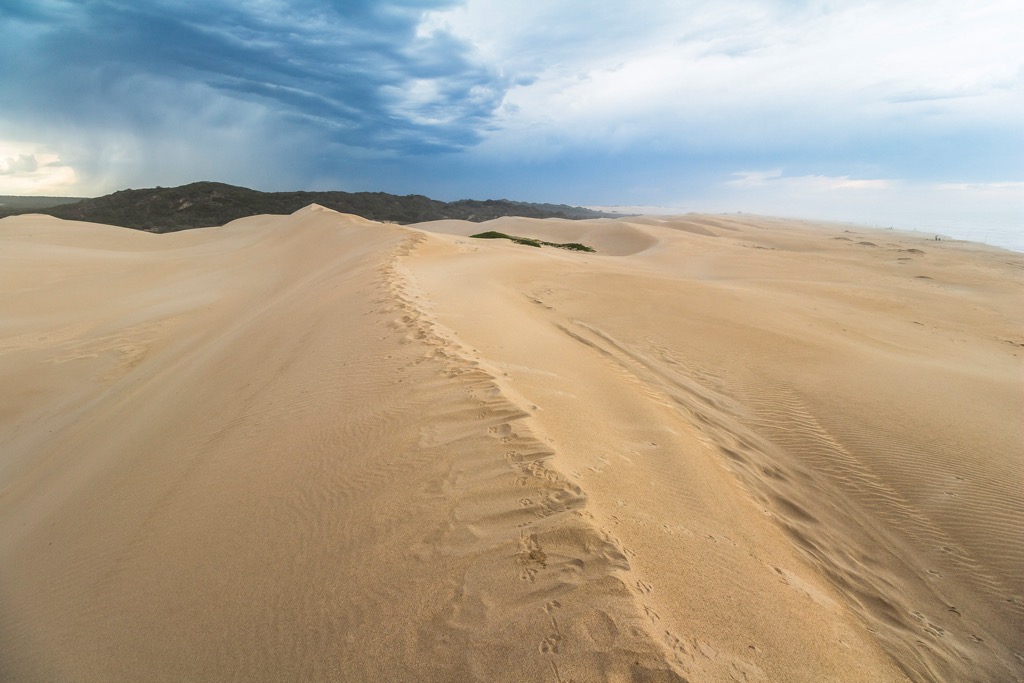
The Karoo Supergroup, the most prevalent rocks within the park, exhibits the climatic and sea-level fluctuations of the time. These sedimentary rocks were deposited between 300 and 180 million years ago and comprise shale, mudstone, sandstone, and conglomerate. The Karoo rocks are treasure troves of ancient plant and animal fossils.
The Zuurberg Section of Addo Elephant National Park features primarily fynbos and forest biomes. Fynbos dominates the arid and mountainous regions, while low-lying areas also host white stinkwood, yellowwood, milkwood, and dune sourberry trees.
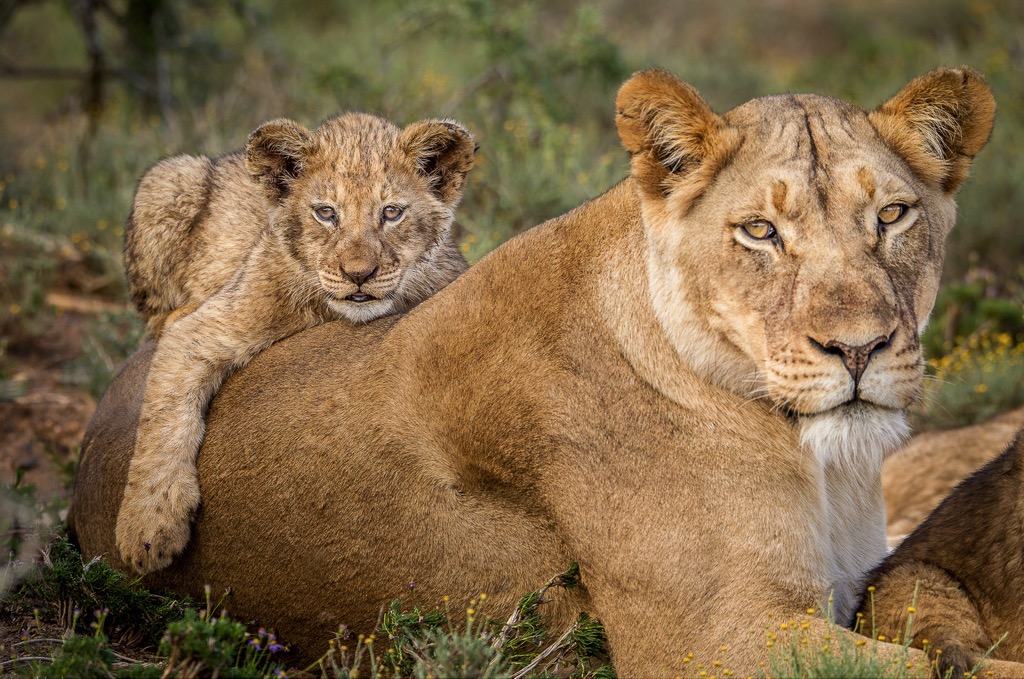
The Zuurberg Section is home to an impressive wildlife population, boasting a population of more than 660 elephants and 400 Cape buffalo. Other fauna include Cape mountain zebras, mountain reedbucks, baboons, blue duikers, and red rock rabbits. The park’s avian residents include African crowned eagles, olive bush shrikes, yellow-throated woodland warblers, and Cape batis.
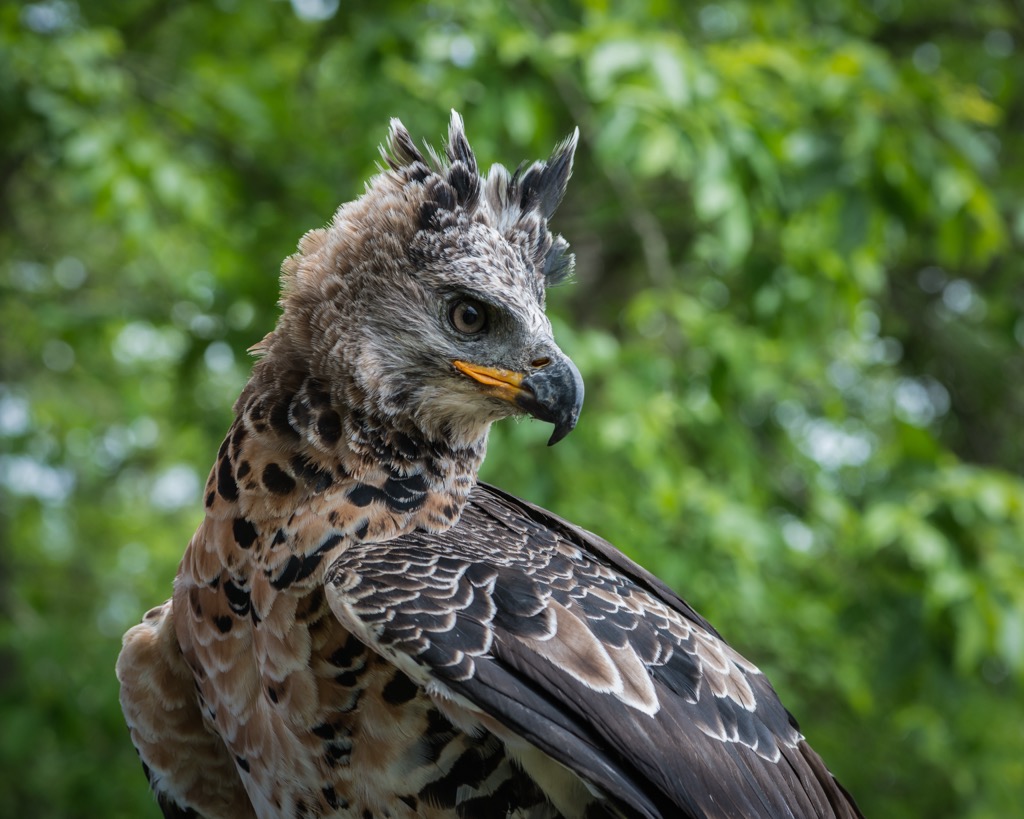
The Addo Elephant National Park was established in 1931. Its roots trace back to a longstanding conflict between humans and elephants, beginning with the arrival of European settlers in the 18th century. These settlers perceived elephants as threats to their agricultural pursuits and livestock, leading to the culling of entire herds for ivory and meat. The relentless hunting took its toll, reducing the population to just 140 individuals, secluded in a densely wooded area known as Harvey’s Bush.
In 1919, the government appointed Major P.J. Pretorius, a renowned hunter, to exterminate the remaining elephants. Over six months, Pretorius eliminated 120 elephants, leaving only 11 survivors. Times were changing; the massacre incited public outrage and ultimately led to the establishment of the Addo Elephant National Park in 1931, initially encompassing around 2,000 hectares.
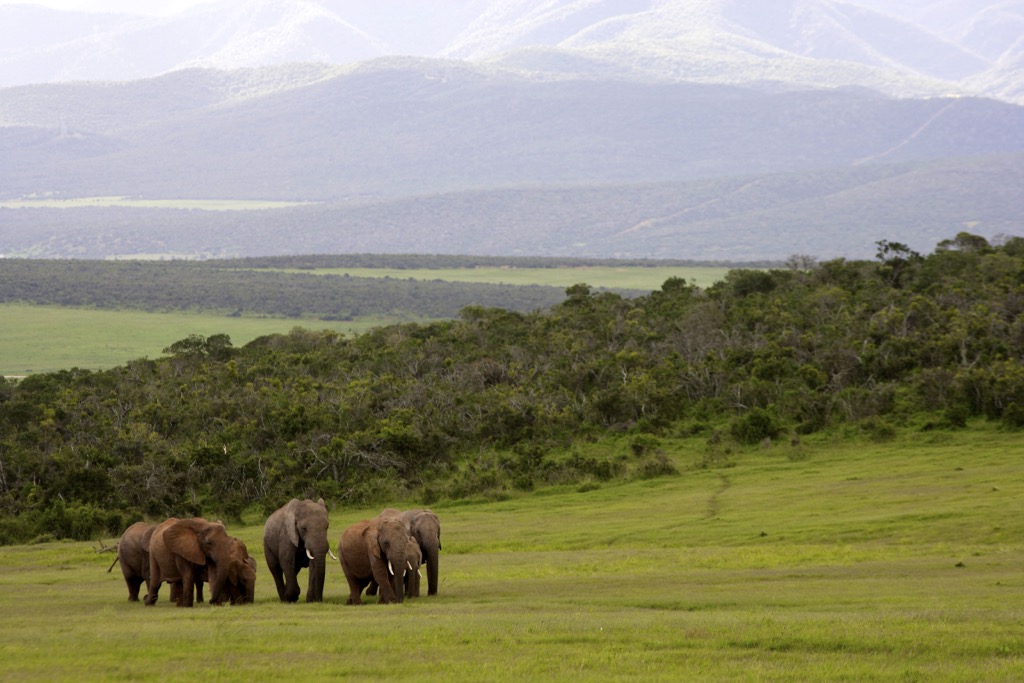
Over time, the park expanded to encompass diverse habitats, incorporating the Woody Cape Nature Reserve, a coastal forest and dune area; the Zuurberg section, an expanse of mountains; and the marine reserve, which safeguards the islands and surrounding waters of St. Croix and Bird Island.
The Zuurberg Cycad Hiking Trail is a 2.4 km (1.5 mi) walkabout offering hikers a short yet comprehensive exploration of the Eastern Cape's natural history. Located close to the Addo Main Camp, the trail features a blend of South African fynbos and vistas of the rolling Zuurberg hills. Sightings of elephants and elusive blue duiker in the grasslands are common.
The Zuurberg Cycad Hiking Trail's allure also lies in its diverse flora. The path, which typically takes around one hour to complete, meanders through undulating terrain, featuring generous panoramas of open grasslands and descents into forested valleys.
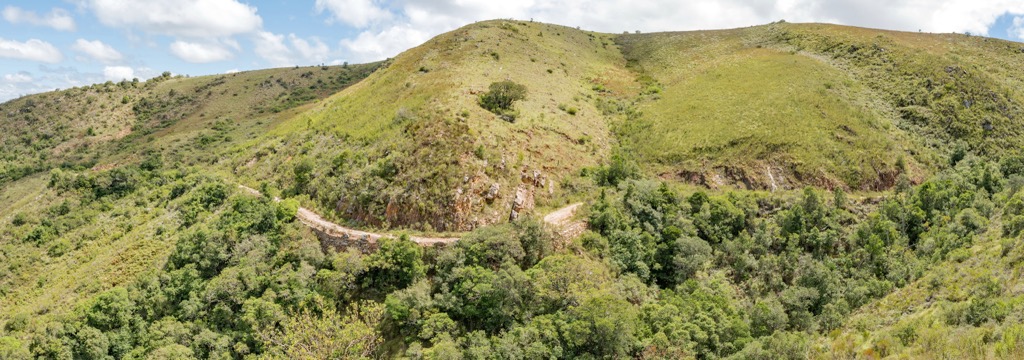
The endemic Zuurberg Cycad populates the trail, and fynbos thrives on the open hills. Conversely, the forested valleys below are home to stinkwood and ironwood trees, contrasting the open terrain above.
The Zuurberg Doringnek Hiking Trail is a 12 km (7.4 mi) well-marked loop trail. Hikers must obtain permits and pay conservation fees before starting.
The trail meanders through lush forests, meandering streams, and rolling hills. The route may present challenges like scrambling, steep gravel inclines, and a continuously undulating terrain.
At the trail's midpoint lies the tranquil Blougat Pool, the perfect spot for a well-deserved picnic or a rejuvenating swim to shrug off the trail's intensity and prepare for the challenging ascent ahead.
The PPC Discovery Trail near the Addo Main Camp offers a short 1.8 km (1.1 mi) stroll through the valley thicket. Home to over 600 elephants and diverse wildlife, the trail has three loops, each catering to different interests and abilities. The first loop is accessible to all, with a smooth surface and tactile features.
The second offers educational insights into local flora and fauna, while the third presents a challenging climb with a panoramic view at the top. Along the way, informative boards share ecological and historical knowledge. This trail provides a brief yet enriching glimpse into the park's beauty and diversity, making it a must for visitors with limited time.
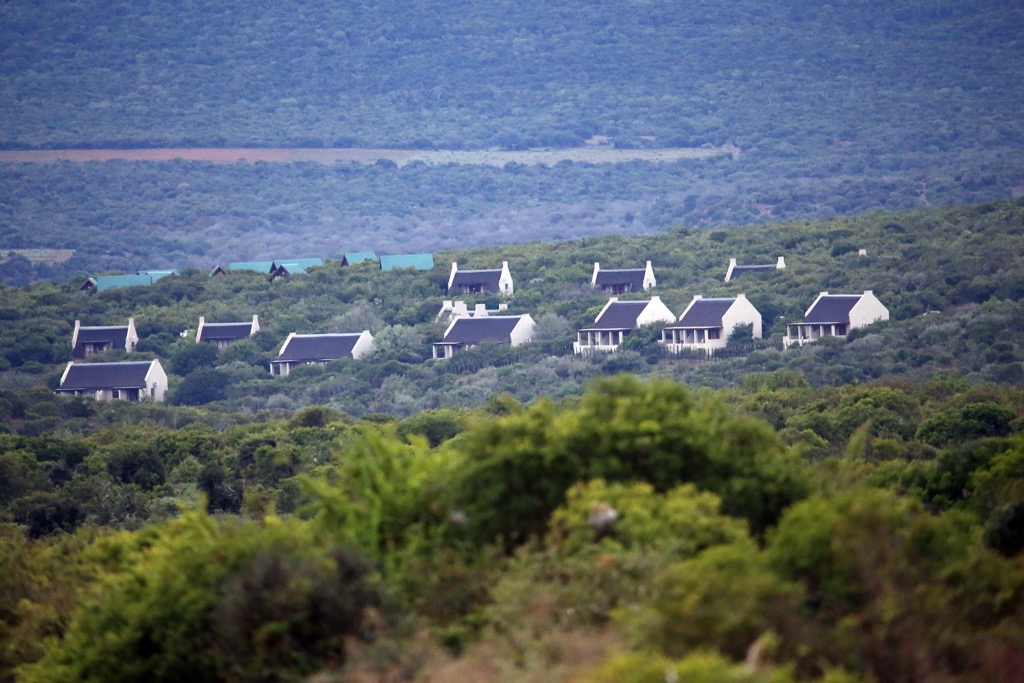
The Alexandria Hiking Trail is located south of the Zuurberg along the coast and offers hikers a two-day adventure spanning 36 km (22 mi). This scenic trek takes hikers through diverse landscapes, encompassing ancient forests, coastal dunes, and the serene seashore.
Commencing at the Woody Cape office, day one of the journey leads hikers through a dense forest adorned with yellowwood trees that create a lush canopy overhead. As hikers emerge from the forest, the trail presents a challenge in the form of the three-story Alexandria Dune Field. Meanwhile, navigating the beach is particularly daunting during high tide.
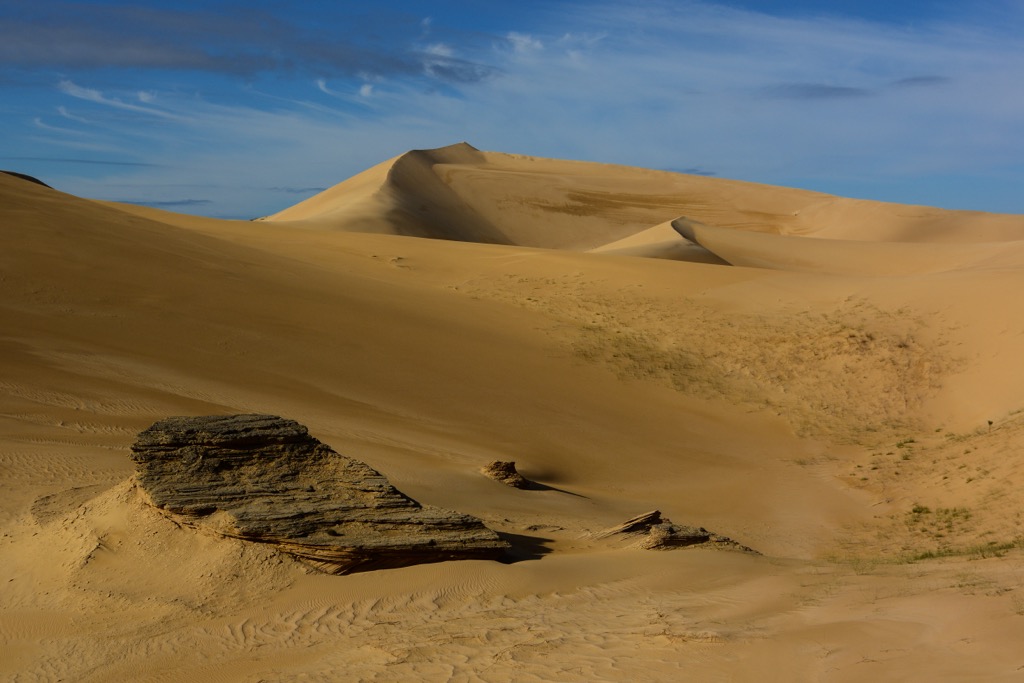
On day two, ridge-top panoramas overlook the ocean; frequent sightings of the southern right whale add to the views. The trail continues through shifting dunes. As the path descends back into the forest, the journey culminates at the Langebos hut.
The Cannon Rocks Trail is a short and easy 7 km (4 mi) circular hiking route near the coast, ideal for all ages and fitness levels. The hike takes approximately three to four hours. It guides visitors through a verdant forest teeming with endemic plant and animal species like the forest shrew, blue duiker, leopard toad, angulate tortoise, and bushbuck.
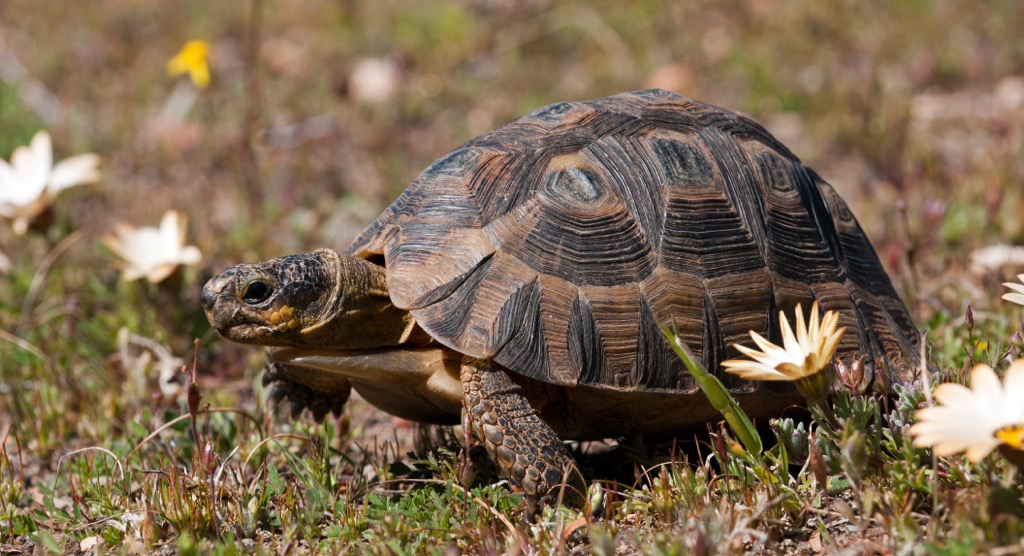
The trail unfurls along the coast, offering ocean vistas where humpback whales, dolphins, and seals often appear. Two historical cannons along the path are relics from the Dutch East India Company's 18th-century efforts to safeguard the coast from pirates and adversaries.
The Tree Dassie Trail is a 7km (4 mi) hike through the Alexandria Forest near the coast. This trail derives its name from the tree dassies (Dendrohyrax arboreus), nocturnal mammals that inhabit the trees and resemble large guinea pigs.

It begins at Langebos Huts and is a moderate walk through ancient yellowwood forests with diverse wildlife like hornbills and bushbucks. Numerous flora and fauna are indigenous to the area, including the cape parrot, forest shrew, blue duiker, and leopard toad. The trail ends at the Woody Cape coastline, offering views of the Indian Ocean and the towering dunes of the Alexandria Dune Field, one of the world's largest.
Port Elizabeth (often shortened to PE) is a picturesque coastal city in the Eastern Cape of South Africa. This charming city is celebrated for its exquisite shorelines, rich historical heritage, and diverse outdoor adventures.
Port Elizabeth has earned a reputation for its alluring beaches. Hobie Beach and King's Beach are among the most popular; these immaculate stretches of coastline offer the perfect setting for relaxation.

A stroll along the Donkin Heritage Trail is a must. The self-guided tour showcases historical landmarks, including the iconic Donkin Reserve, a lighthouse, and the striking Pyramid Monument, which affords visitors panoramic city vistas.
A short drive from Port Elizabeth’s city center lies the Kragga Kamma Game Reserve, home to rhinos, buffaloes, giraffes, zebras, cheetahs, and various antelope. Visitors can take self-drive safaris, join guided tours, and even interact with some animals under supervision. The reserve provides picnic and barbecue areas as well.
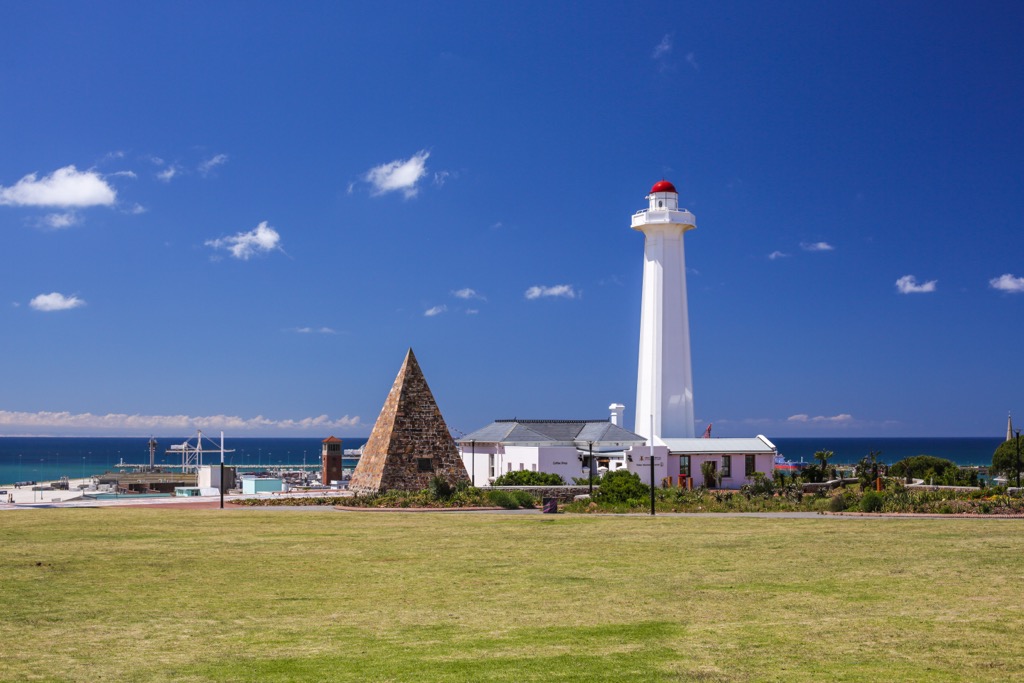
Jefferys Bay is fondly known as J-Bay by locals and surf enthusiasts and has earned its reputation as a premier surfing destination with top-tier waves. Jeffreys Bay is an ideal hub for a relaxed surfer vibe in a natural setting.

Jeffreys Bay boasts some of South Africa's most pristine beaches. Dolphin Beach, Kabeljous Beach, and Paradise Beach are just a few of the best spots. The town also offers a variety of adventure sports beyond surfing. Try your hand at kiteboarding, stand-up paddleboarding, or sandboarding down the towering dunes of nearby Gamtoos River Mouth.
The nearby Kabeljous Nature Reserve features hiking trails where you can observe various bird species, small game, and lush indigenous vegetation. Don't miss the chance to spot pods of dolphins or even whales during their migratory seasons, often visible from the shoreline.
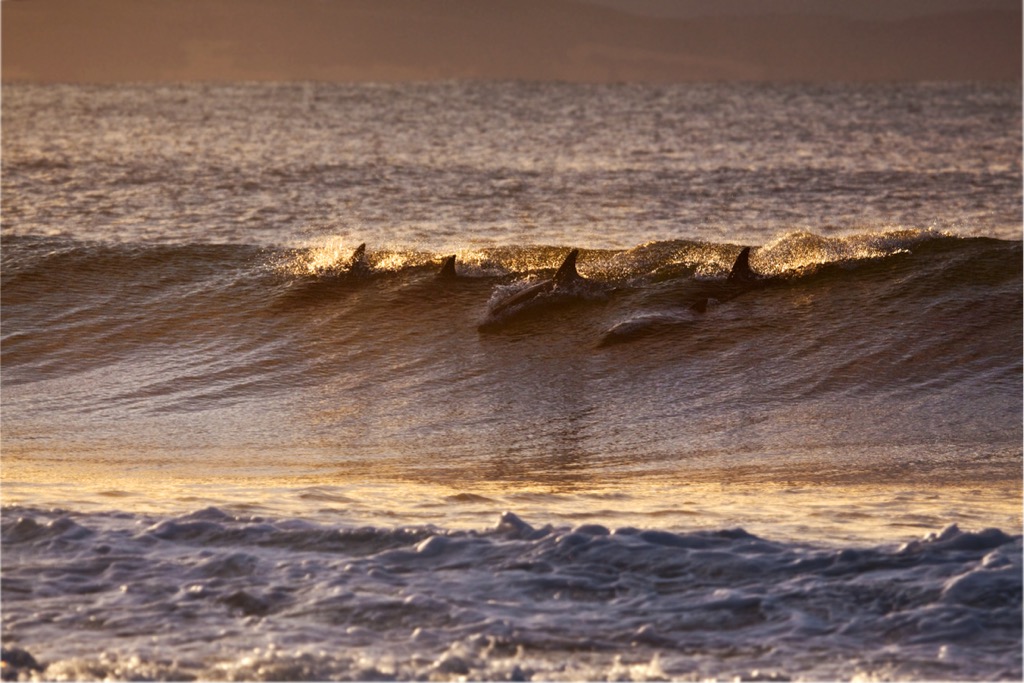
Explore Addo Elephant National Park (Zuurberg Section) with the PeakVisor 3D Map and identify its summits.








